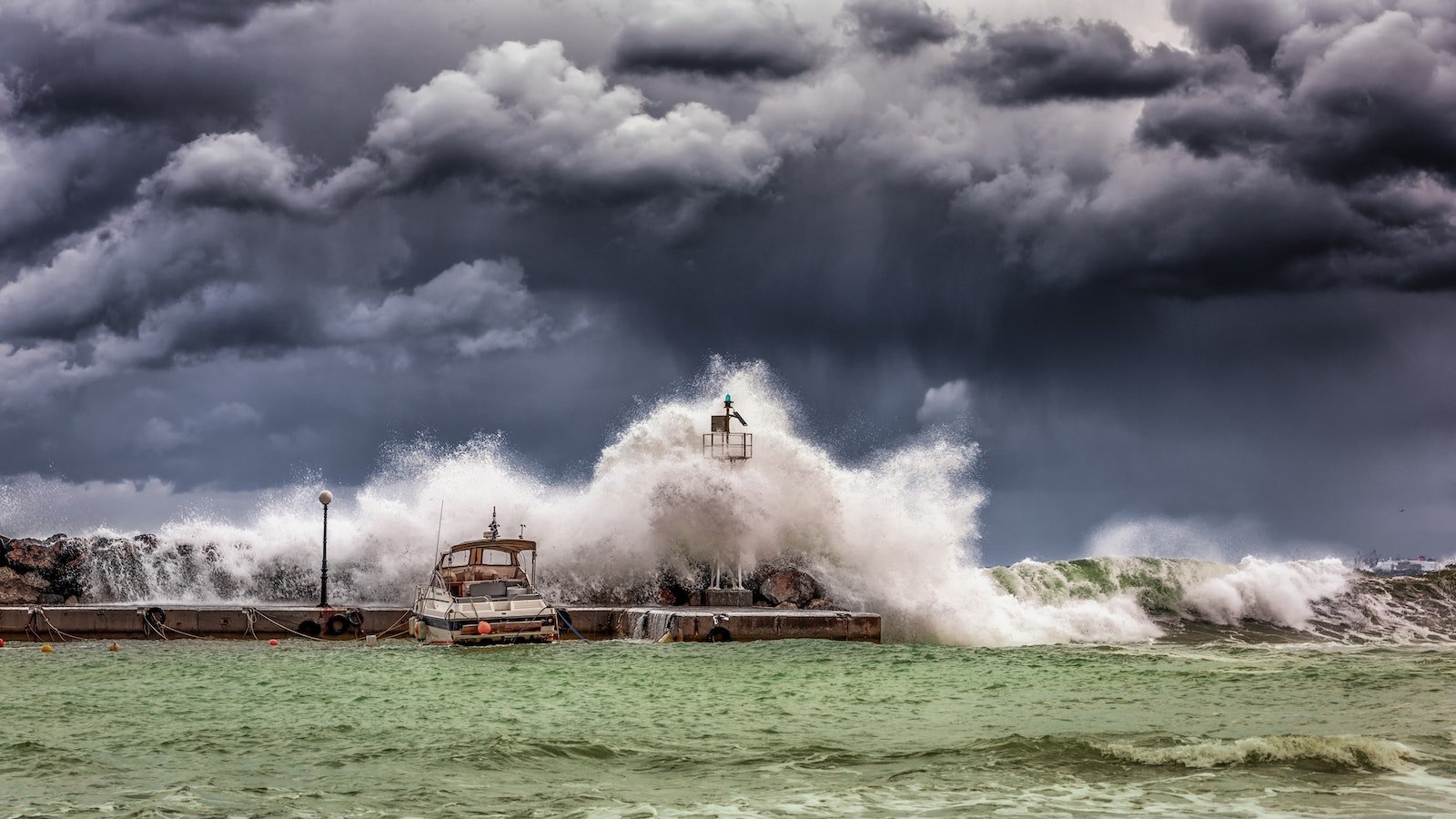Typhoon Saola’s Approach Prompts Emergency Measures on China’s Coastline
In the vast expanse of the South China Sea, powerful gales and violent gusts announce the approach of Typhoon Saola. Even though it is still hundreds of miles away from China’s shoreline, its looming presence has sent provinces into high alert, instigating immediate emergency responses on Tuesday. Fishing boats, a lifeline for many coastal communities, have been summoned back to the ports along the southeastern coast. This action signifies the severity and anticipated impact of the typhoon.
Guangdong and Fujian Provinces on Heightened Alert
The Guangdong province, sensing the upcoming danger, elevated its emergency warnings in preparation for the strong winds that are a hallmark of Typhoon Saola’s outer bands. This is not a typical warning; it indicates a potential threat of significant magnitude. Concurrently, Fujian province, not taking any chances, upheld a Level IV emergency response warning. Their directive was clear and resolute: all fishing vessels are to return to port. This move, as reported by state media, underscores the importance of securing the livelihoods of thousands, if not millions, who depend on the sea for sustenance.
In Xiamen city, situated in Fujian, the typhoon’s impending arrival forced the suspension of several passenger ferry services. This decision, as broadcasted by China Central Television (CCTV), was taken to prioritize the safety of passengers over continued operations.
Early Precautions Amidst the Brewing Storm
China, a nation that has weathered countless natural disasters, understands the importance of early precautions. As Typhoon Saola barrels its way menacingly toward the country, its provinces are not waiting to be caught off-guard. They’re implementing protective measures, signaling a proactive approach against the fury of nature.
However, the path of Saola remains shrouded in uncertainty. China’s national forecasting team, experts trained to predict the unpredictable, expressed their concerns. Saola is anticipated to cross paths with Typhoon Haikui, another force of nature that emerged in the northwestern Pacific just a day earlier. This interaction could either diminish Saola’s power or enhance its devastating potential. If the latter scenario transpires, Saola could be the fourth typhoon to mark its deadly footprint on China’s shores this year.
Typhoon’s Current Status and Predicted Movement
At present, Saola is situated approximately 520 kilometres to the northeast of Manila, the bustling capital of the Philippines. Its movement is deliberate, advancing northwest at a steady pace of around 10 kilometres per hour. But with each passing hour, it gains momentum, gathering more energy and intensifying its fury.
CCTV’s predictions map out a potential trajectory for Saola. It is expected to journey from southern Fujian, making its presence felt, before making its way to central Guangdong. Along its path, southern Taiwan is also bracing for Saola’s wrath. The Hong Observatory, known for its accurate weather predictions, has intimated that they might issue warnings in the upcoming week.
To prepare for the impact, Taiwan didn’t waste any time. Sea warnings were issued late on Monday, and in a show of prudence, 23 ferry services to its offshore islands were halted. The island nation is also preparing for torrential downpours, with predictions indicating heavy rainfall along Taiwan’s southernmost and southeastern regions from Wednesday onwards.
Historical Context: Earlier Typhoons This Year
This year’s typhoon season has already scarred parts of China. On July 18, Typhoon Talim was recorded as the inaugural typhoon to make its way to the mainland. But more recently, the memories of Typhoon Doksuri remain fresh in the minds of many. Doksuri unleashed its might upon southeastern China, causing widespread devastation. And if that wasn’t enough, it moved northwards, pouring historic levels of rainfall over northern China, including Beijing. The capital, known for its resilience, found itself grappling with the consequences of nature’s outburst.
Conclusion
Typhoon Saola’s approach has stirred a sense of urgency along China’s southeastern coastline. From recalling fishing vessels to suspending ferry services, provinces are taking every possible measure to mitigate potential damages. But as the typhoon inches closer, intertwining with Typhoon Haikui’s path, the level of unpredictability rises. The nation, having faced similar challenges before, is gearing up, hoping to weather the storm with minimal damage. Only time will tell how this chapter in China’s long history with nature will unfold.
Read More:
